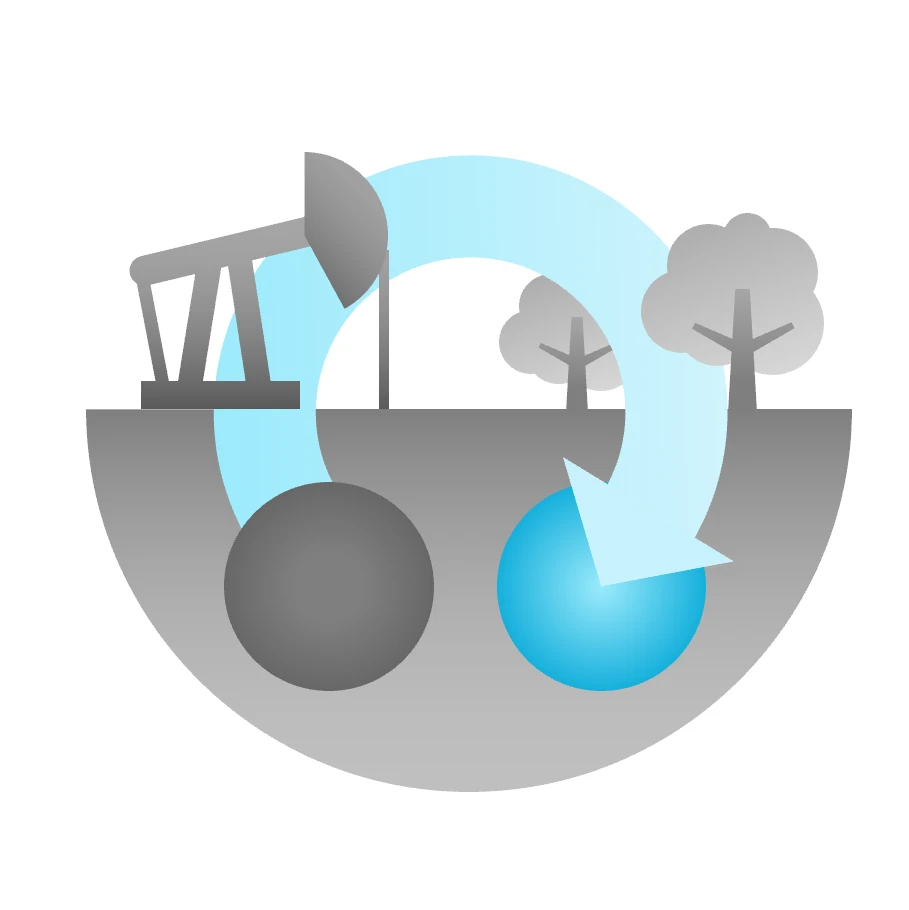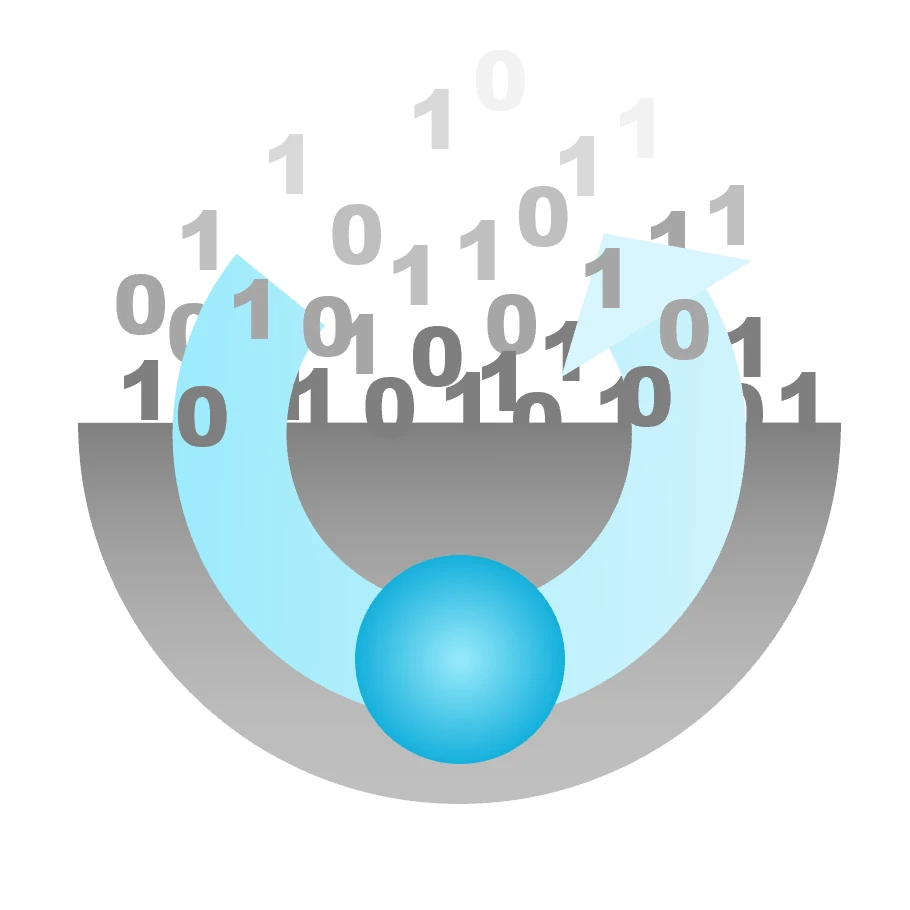Our Research
The reserach in our section falls into three categories: Geo-Energy, Geo-environmental Protection, and Computational Geosciences.
Geo-Energy
Our research on geo-energy explores methods to harness Earth's geothermal energy, advances the storage of liquid hydrogen in the subsurface, and studies the carbon footprint.
Geo-Environmental Protection
Industrial operations and anthopogenic interventions carry risks. Our research explores techniques to mitigate the impact of fossil fuel consumption, and analyzes the consequences of subsurface operations to reduce their future impact.
Computational Geoscience
The subsurface is mostly out of reach and out of sight. To rigorously analyse and predict the impact of subsurface operations, we advance research in data assimilation, optimization and control theory, and numerical simulation.
Our Publications
Below, you can access a list of our section's most recent publications.
- X. Lyu, D.V. Voskov, J. Mao, Modeling of Non-Newtonian Polymer Flooding with Adsorption and Retention Using Parametrization Approach, In European Conference on the Mathematics of Geological Reservoirs 2022.
- F. Xu, H. Hajibeygi, B. Sluys, (2022), Multiscale Extended Finite Element Method for Modelling Mechanical Deformation in Porous Media with Propagating Fractures, In European Conference on the Mathematics of Geological Reservoirs 2022, ECMOR 2022, EAGE.
- Jianchao Cai, David A. Wood, Hadi Hajibeygi, Stefan Iglauer, (2022), Multiscale and multiphysics influences on fluids in unconventional reservoirs: Modeling and simulation, In Advances in Geo-Energy Research Volume 6 p.91-94.
- Sajjad Mozaffari, Omeid Rahmani, Ali Piroozian, Zaman Ziabakhsh-Ganji, Hossein Mostafavi, (2022), Oil-well lightweight cement slurry for improving compressive strength and hydration rate in low-temperature conditions, In Construction and Building Materials Volume 357.
- Masoud Babaei, Amir Mohammad Norouzi, Hamidreza M. Nick, Jon Gluyas, (2022), Optimisation of heat recovery from low-enthalpy aquifers with geological uncertainty using surrogate response surfaces and simple search algorithms, In Sustainable Energy Technologies and Assessments Volume 49 p.1-19.
- A. A. Tchistiakov, A. K. Kottsova, E. V. Shvalyuk, P. L.J. Zitha, (2022), Physico-Chemical Factors of Clay Particle Migration and Formation Damage, In Moscow University Geology Bulletin Volume 77 p.552-558.
- K. Mansour Pour, Physics Informed Neural Networks Based on Sequential Training for CO2 Utilization and Storage in Subsurface Reservoir, In EAGE GET 2022.
- William R. Rossen, Rouhi Farajzadeh, George J. Hirasaki, Mohammadreza Amirmoshiri, (2022), Potential and Challenges of Foam-Assisted CO2 Sequestration, In Society of Petroleum Engineers - SPE Improved Oil Recovery Conference, IOR 2022, Society of Petroleum Engineers (SPE).
- Mousa Hosseinimehr, Janio Piguave Tomala, Cornelis Vuik, Mohammed Al Kobaisi, Hadi Hajibeygi, (2022), Projection-based embedded discrete fracture model (pEDFM) for flow and heat transfer in real-field geological formations with hexahedral corner-point grids, In Advances in Water Resources Volume 159 p.1-23.
- Lily Suherlina, D.F. Bruhn, Martin O Saar, Maren Brehme, Refine Conceptual Models in A High Enthalpy Geothermal Field








